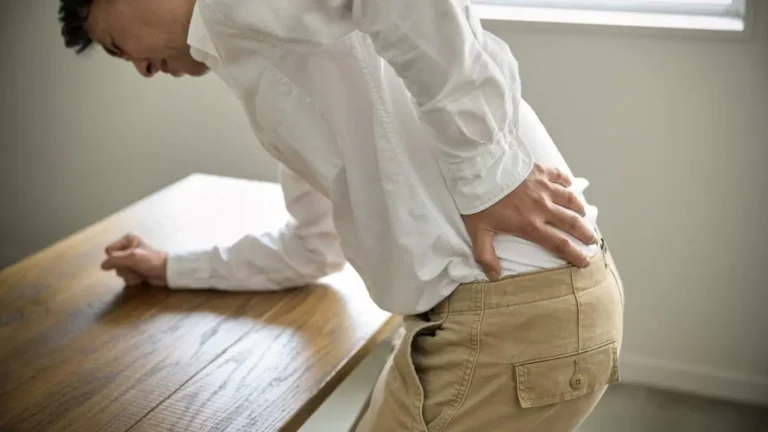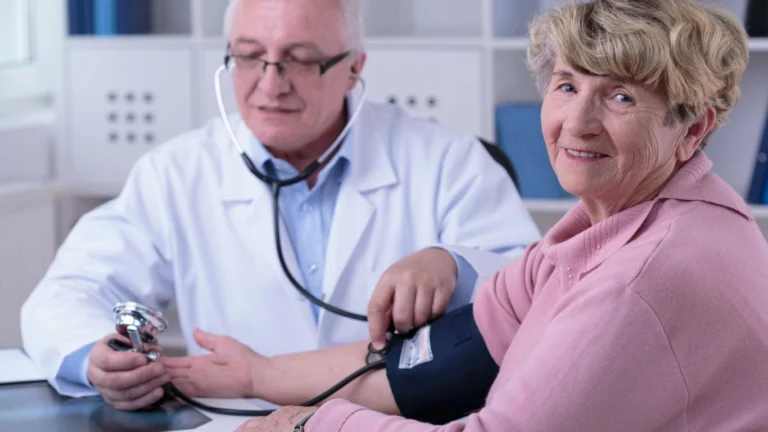Shocking Early Signs of RA in Hands You Should Never Ignore
If you’ve ever woken up with stiff fingers and thought, “Hmm, must’ve slept weird,” you’re not alone. But if that stiffness starts lingering a little too long—or if your rings don’t fit like they used to—it might be time to look closer. One of the most early signs of RA in hands isn’t a dramatic symptom. It’s sneaky. Subtle. And as someone who has spent years working as a Rheumatology nurse practitioner, I can tell you—these early whispers from your joints matter. Catching rheumatoid arthritis (RA) in its early stages can genuinely change the game for treatment and quality of life.
What Does RA Look Like in the Very Beginning?
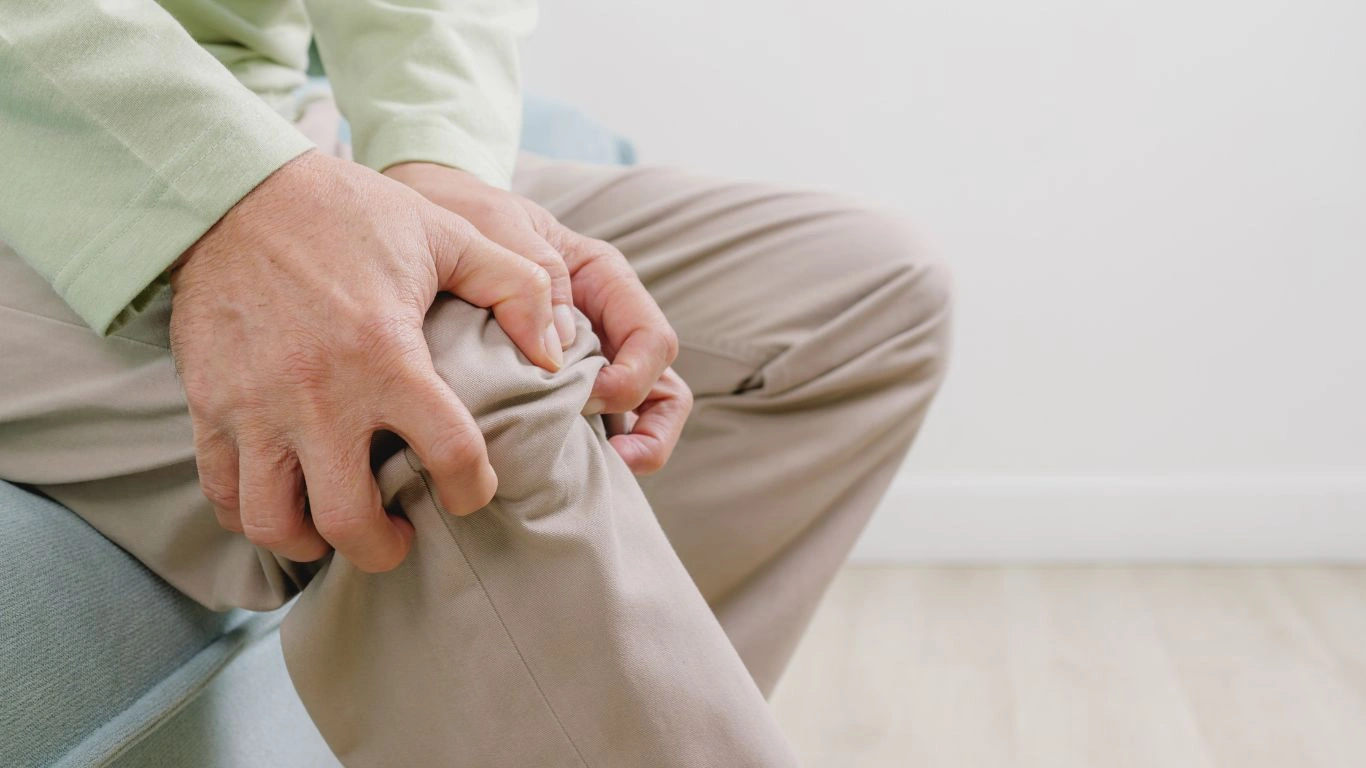
Stiffness That Just Won’t Quit
Morning stiffness is one of those red flags I always ask about during patient visits. We’re not talking about five minutes of “getting the blood flowing.” I mean an hour or more of feeling like your hands belong to someone else—someone made of wood. One patient once told me, “I feel like I’m trying to text with oven mitts on.” That’s RA showing up early and quietly wreaking havoc on the synovium—the lining in your joints.
Swelling That’s Easy to Miss
In the early stages, swelling in the knuckles or wrists might not be dramatic. A little puffiness here, a tight wedding ring there. But here’s the thing—it’s persistent. And when you press on the area, it may feel boggy or squishy. That’s inflammation building up under the radar.
Fatigue That Feels “Off”
You wouldn’t expect tiredness to be a hand symptom, right? But when your immune system is attacking your joints, it takes a toll. Patients often describe a kind of tiredness that feels “bone deep.” When I see a pattern of hand discomfort plus unexplained fatigue, my RA radar goes up immediately.
Why the Hands Are Usually the First to Speak Up

The Small Joint Syndrome
RA loves small joints. There’s actually a medical reason for that—these joints have more synovial lining relative to their size. That means more space for inflammation to settle in and make mischief. So the early signs of RA in hands often show up in the:
- Metacarpophalangeal (MCP) joints – those big knuckles on the back of your hand
- Proximal interphalangeal (PIP) joints – the middle joints of your fingers
- Wrist joints
And it’s usually symmetrical—both hands, both sides. If one hand hurts and the other’s fine, it might be something else. But if both wrists ache in the morning? That’s a classic RA move.
Not Just “Wear and Tear”
I’ve had so many people tell me, “I thought it was just getting older.” And I get it. RA doesn’t start off with fireworks. But the difference is this: osteoarthritis pain often gets worse with use and improves with rest. RA pain can feel worse after rest. You’ve been still all night, and your joints aren’t happy about it.
What to Look For (And When to Ask for Help)
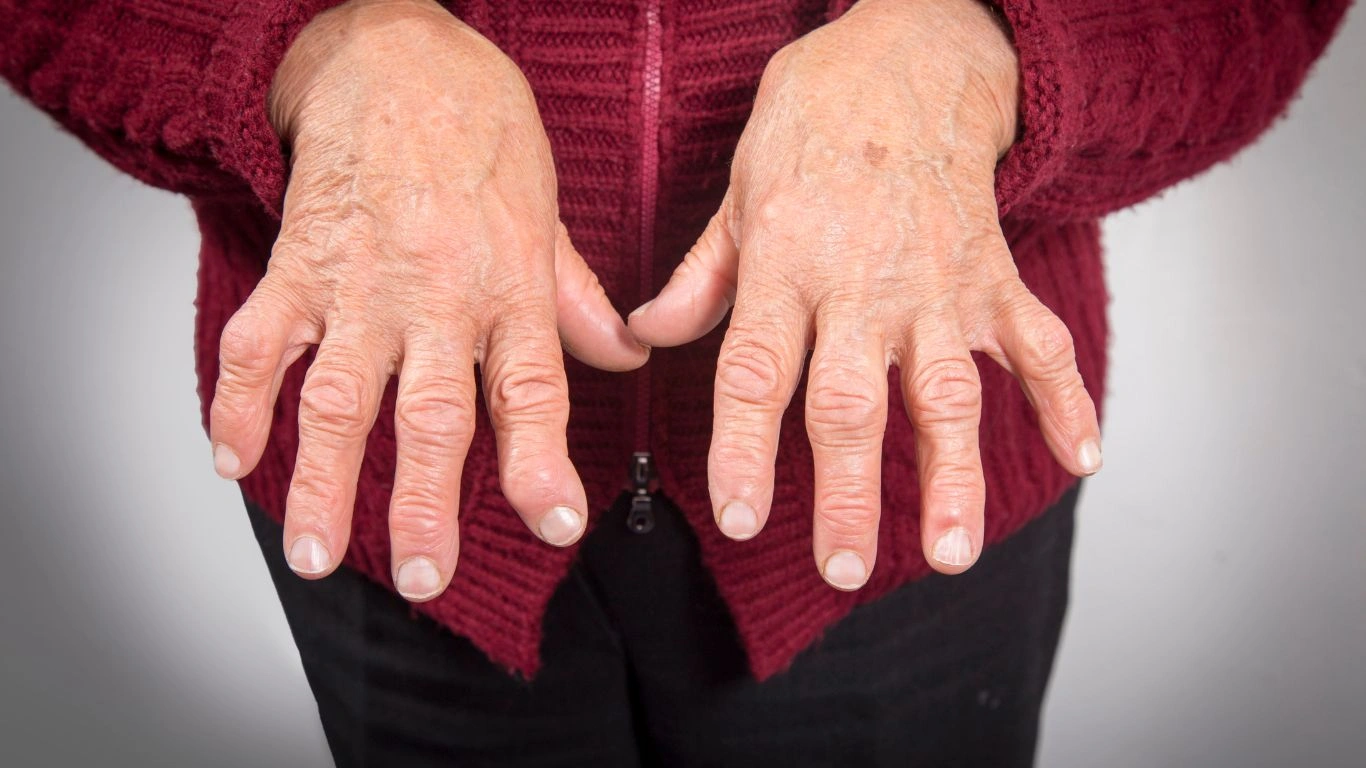
Some Subtle Clues You Might Be Missing
Besides the obvious swelling and stiffness, here are a few signs I’ve seen in early RA that tend to fly under the radar:
- Loss of grip strength—like struggling to open jars or hold a mug steadily
- Feeling like your hands just don’t “work right” in the morning
- Pain or tingling that mimics carpal tunnel (RA can cause swelling that pinches nerves)
If you’ve noticed these issues creeping in—and especially if they’ve been around for weeks or months—it’s not too soon to talk to a healthcare provider. I always tell my patients: you don’t need a full-blown diagnosis to get your symptoms taken seriously. The earlier we know what we’re dealing with, the better we can help you fight back.
When Everyday Tasks Start Feeling… Not So Everyday
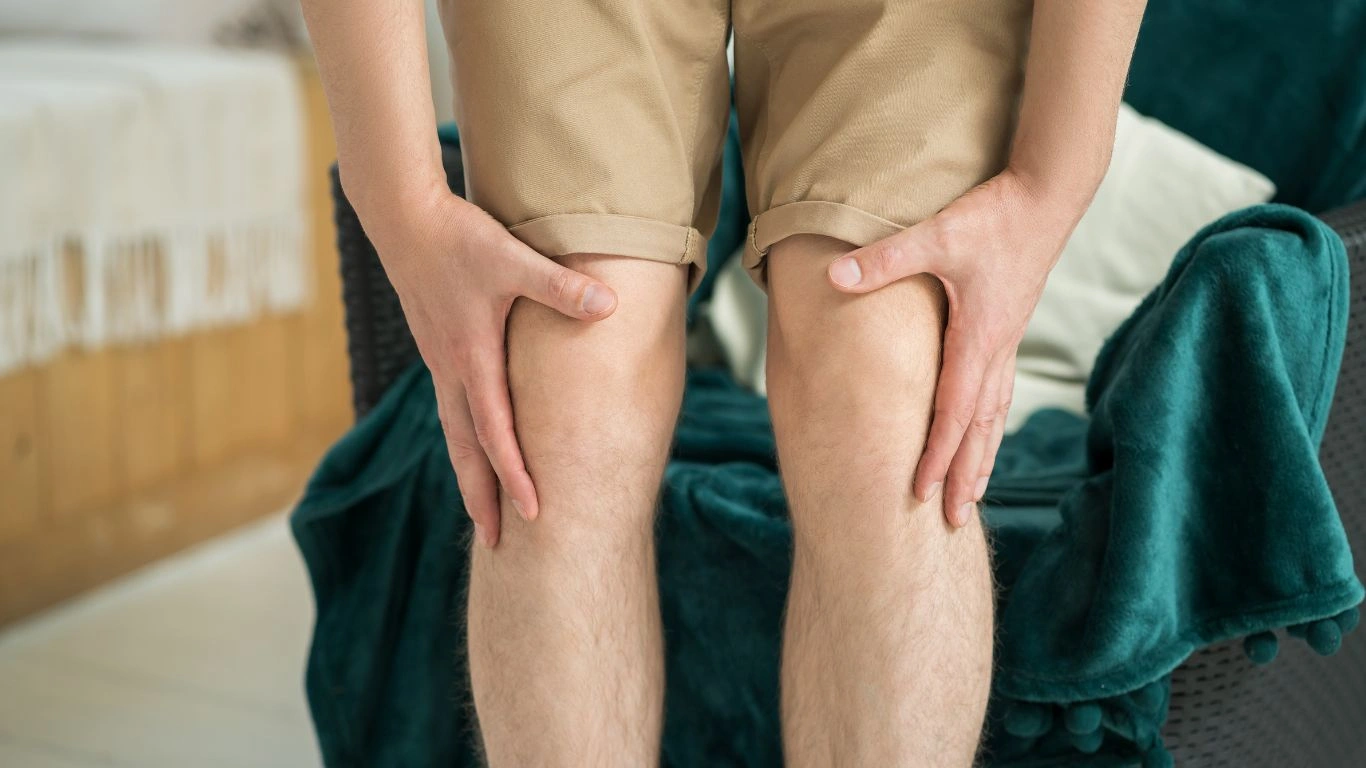
That Subtle Shift in Dexterity
One of the things I often hear from patients is, “I just feel clumsy lately.” And I get it—RA can sneak up that way. Suddenly you’re fumbling with buttons or dropping your keys more often. These are fine motor skills we usually take for granted. When inflammation sets into the small joints of your hands, even writing with a pen or applying makeup can feel like an obstacle course.
I remember one woman in her early 40s who came in nearly in tears because she couldn’t clasp her daughter’s necklace anymore. She said, “It’s like my hands forgot how to be hands.” That hit me hard. These seemingly small struggles are usually the first cries for help—early signs of RA in hands that should never be brushed off.
Grip Strength Takes a Hit
Something I do in almost every initial consult is test grip strength—nothing fancy, just a simple squeeze. You’d be surprised how often I hear, “Wow, I didn’t realize how weak my grip had gotten.” That gradual change often slips under the radar because it happens slowly. But RA loves to chip away at strength and function without making a scene—until one day you can’t open a pickle jar, and it’s not funny anymore.
How Early Diagnosis Changes the Whole Story
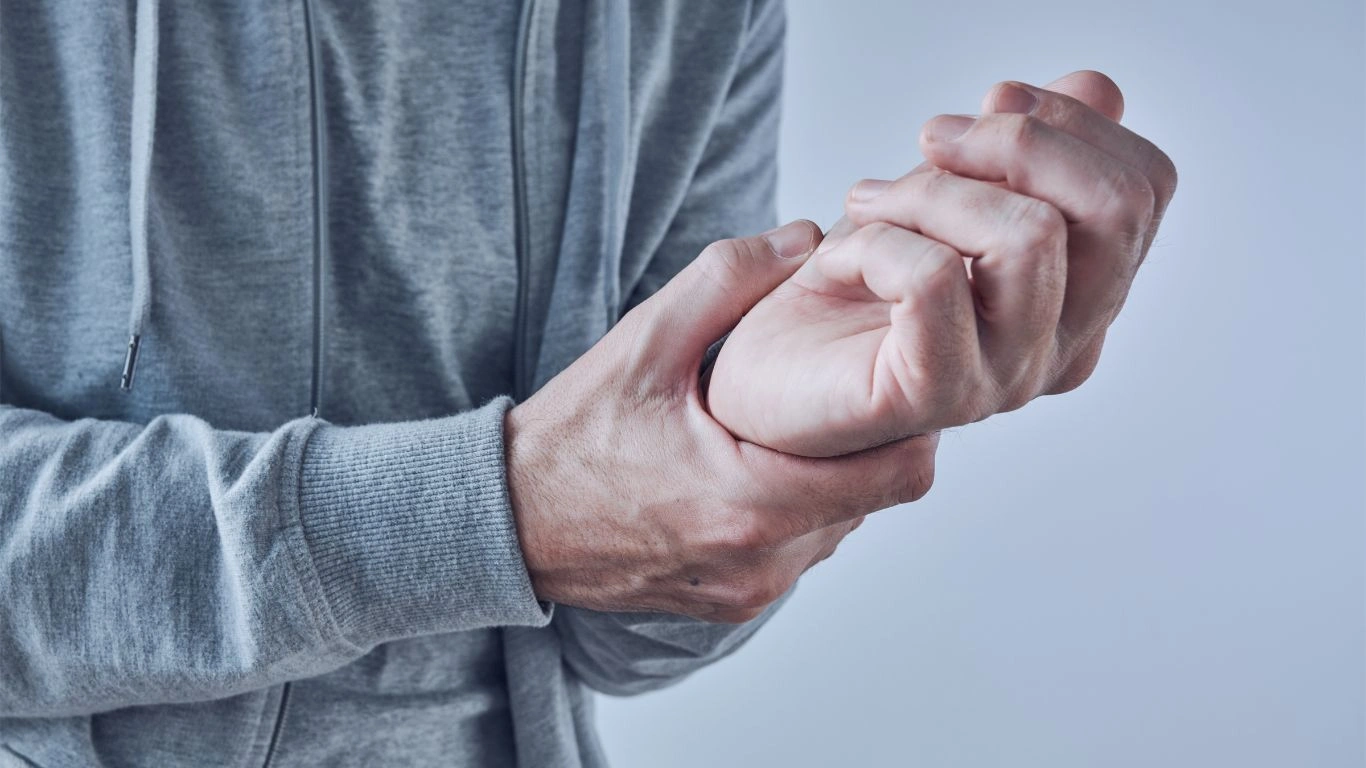
The Power of Catching It Early
I cannot emphasize this enough: the earlier we catch RA, the better. Like, game-changing better. Modern treatments can slow or even halt joint damage—but only if we intervene before that damage is locked in. And that’s why recognizing the early signs of RA in hands matters so much.
Once RA has had time to wear down cartilage or alter joint structure, we can’t undo that. But if we catch it when it’s just inflammation without erosion? We’re in a totally different ballpark. We can get aggressive with treatment early and often see dramatically better outcomes.
Diagnostic Tools We Use
In case you’re wondering how we even confirm RA, here’s a quick rundown:
- Physical Exam – I’m checking for tenderness, swelling, range of motion, and symmetry.
- Blood Work – Markers like rheumatoid factor (RF), anti-CCP antibodies, ESR, and CRP give us inflammation clues.
- Imaging – X-rays, ultrasounds, or MRIs can catch joint changes or inflammation early on—even before big symptoms hit.
Sometimes, a patient might not tick every box on day one, and that’s okay. If there’s a pattern or a strong clinical suspicion, we still start tracking it closely. I’d rather monitor early than miss something we could’ve caught sooner.
Don’t Ignore the “Little” Symptoms
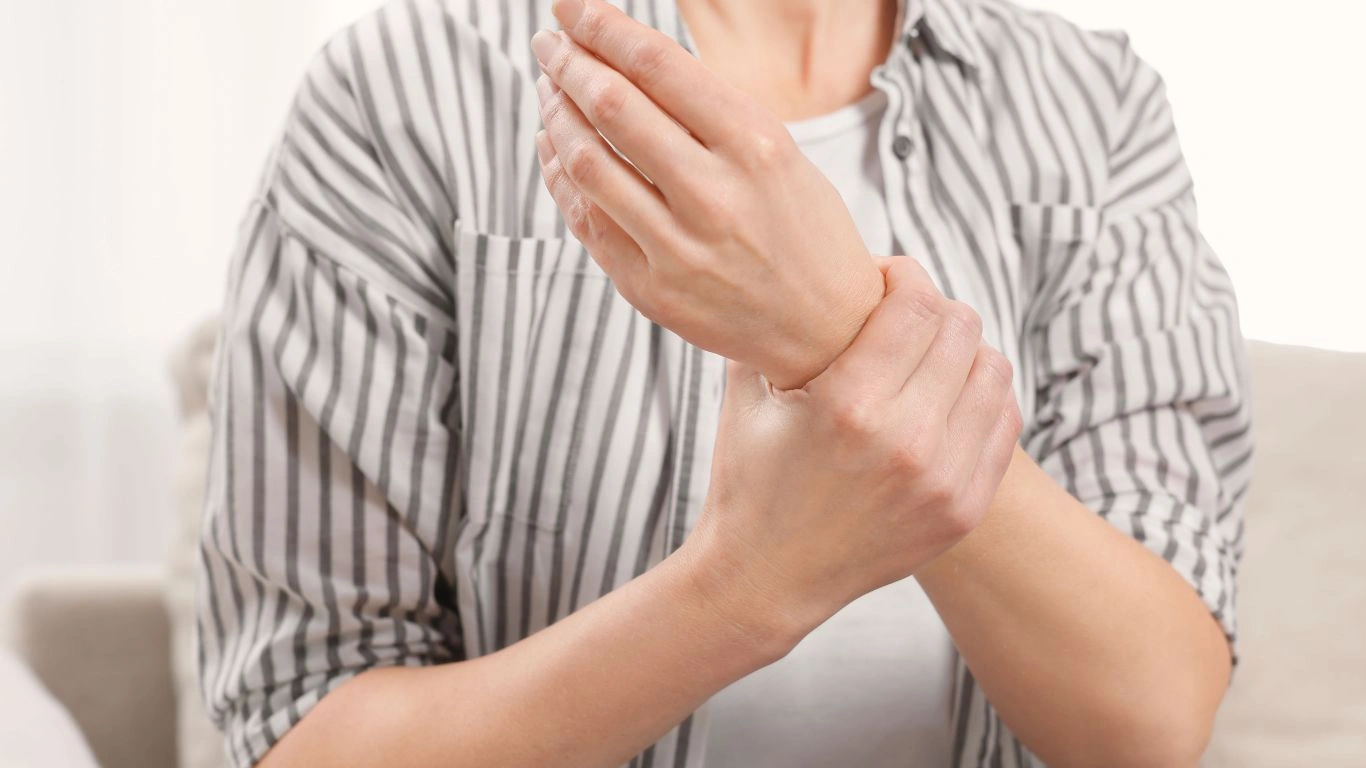
Trust What Your Body’s Telling You
I always encourage people to pay attention to their body’s patterns. One of my long-time patients once told me, “I knew something was off—I just didn’t think it mattered.” Spoiler alert: it did. She came in with mild joint soreness and fatigue. It wasn’t even pain that brought her in—it was that something didn’t feel right. That awareness helped her get a diagnosis early, and now she’s thriving on treatment.
Here are a few signs that deserve a closer look, especially if they hang around for more than a few weeks:
- Morning stiffness that lasts more than 30 minutes
- Swelling in both hands or wrists
- Pain that improves slightly with movement but never fully goes away
- Fatigue that feels unusual or unrelenting
We don’t diagnose based on one symptom alone. But a combination of even mild signs—especially in the hands—can point us in the right direction.
It’s Not “All in Your Head”
This one’s personal. Too many people, especially women, have their pain dismissed or chalked up to stress, aging, or anxiety. Let me say this clearly: your symptoms are valid. If something feels wrong, advocate for yourself. Keep a symptom journal. Ask for labs. See a specialist. You’re not being dramatic—you’re being proactive.
Living With RA: What You Can Do Early On
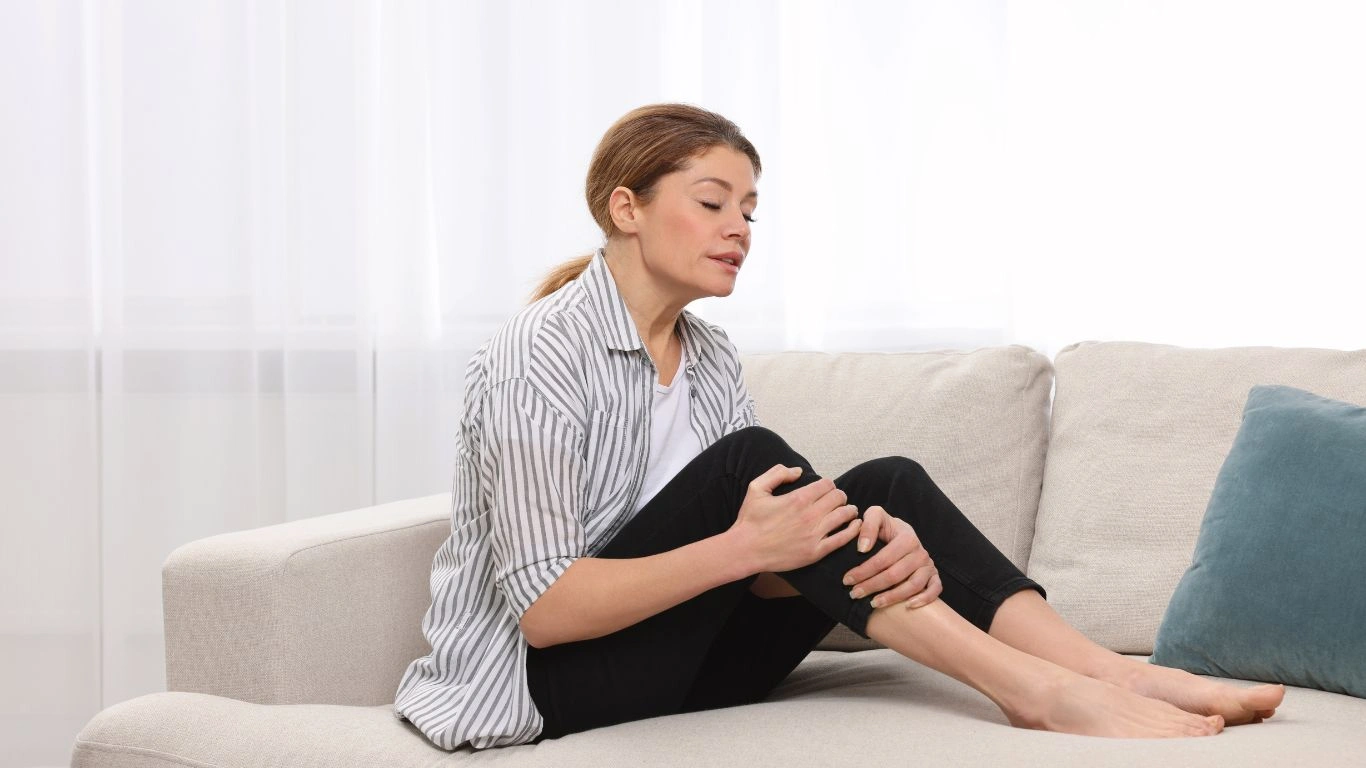
Getting a Care Plan That Actually Works
So let’s say you’ve been diagnosed—or you’re pretty sure you’re heading that way. The good news? RA treatment has come a long, long way. This isn’t your grandmother’s arthritis story. Today, we have powerful medications and targeted therapies that can actually prevent joint damage if we start early enough.
As a Rheumatology nurse practitioner, I work closely with patients to create individualized plans that aren’t just about medications. Yes, meds are often part of it—DMARDs like methotrexate or biologics if needed—but we also look at:
- Physical therapy to maintain mobility
- Joint-friendly exercises (hello, water aerobics!)
- Diet tweaks to reduce inflammation
- Hand splints and tools that make life easier
One of my patients jokes that her electric jar opener is her “RA sidekick.” And honestly? I love that. Adaptive tools aren’t about giving up—they’re about preserving independence.
Tracking Your Symptoms Like a Pro
Here’s a tip I give every new patient: track your symptoms. Nothing fancy—a basic notebook or an app works fine. Write down what hurts, when it hurts, how long it lasts, and what helps. That information becomes gold during your appointments. It helps us see patterns, fine-tune your treatment, and pivot fast if something’s not working.
Emotional Side of RA: It’s Real and It Matters

Yes, Mental Health is Part of the Puzzle
Let’s be honest—living with chronic joint pain, fatigue, and frustration isn’t just a physical battle. It’s an emotional one, too. And in my experience, the hands make it feel even more personal. They’re how we connect with people, take care of ourselves, create, express, and work. When your hands stop cooperating, it can shake your confidence.
So please don’t underestimate the value of support. Whether it’s therapy, support groups, or just a few people who “get it,” emotional wellness needs a seat at the table. I’ve seen it time and again—patients who feel supported emotionally manage their physical symptoms better. The mind-body connection is real, y’all.
You’re Not Alone—And You Don’t Have to Push Through
One of the most heartbreaking things I hear is, “I thought I just had to live with it.” No. You don’t. If your hands are trying to tell you something—stiffness, swelling, weakness, whatever—listen. And act. Because the earlier you get answers, the more options you have. And the more control you can take back.
Resources & References
Here are some trusted organizations I recommend to my patients for evidence-based information and support:
- American College of Rheumatology
- Arthritis Foundation
- Mayo Clinic
- Centers for Disease Control and Prevention (CDC)
All these sources align with current clinical guidelines and offer tools, articles, and up-to-date research to help you stay informed and empowered.
Disclaimer
This article is based on general clinical knowledge and professional experience in Rheumatology nursing. It is not intended to substitute for medical advice, diagnosis, or treatment. Always consult with a qualified healthcare provider regarding any medical concerns or symptoms you may be experiencing.

Tarra Nugroho is a dedicated Nurse Practitioner with a strong foundation in family and preventive care. She brings both compassion and clinical expertise to her practice, focusing on patient-centered care and health education. As a contributor to Healthusias.com, Tarra translates medical knowledge into clear, empowering articles on topics like women’s health, chronic disease management, and lifestyle medicine. Her mission is simple: help people feel seen, heard, and informed—both in the clinic and through the content she creates. When she’s not caring for patients, Tarra enjoys weekend hikes, plant-based cooking, and curling up with a good health podcast.

